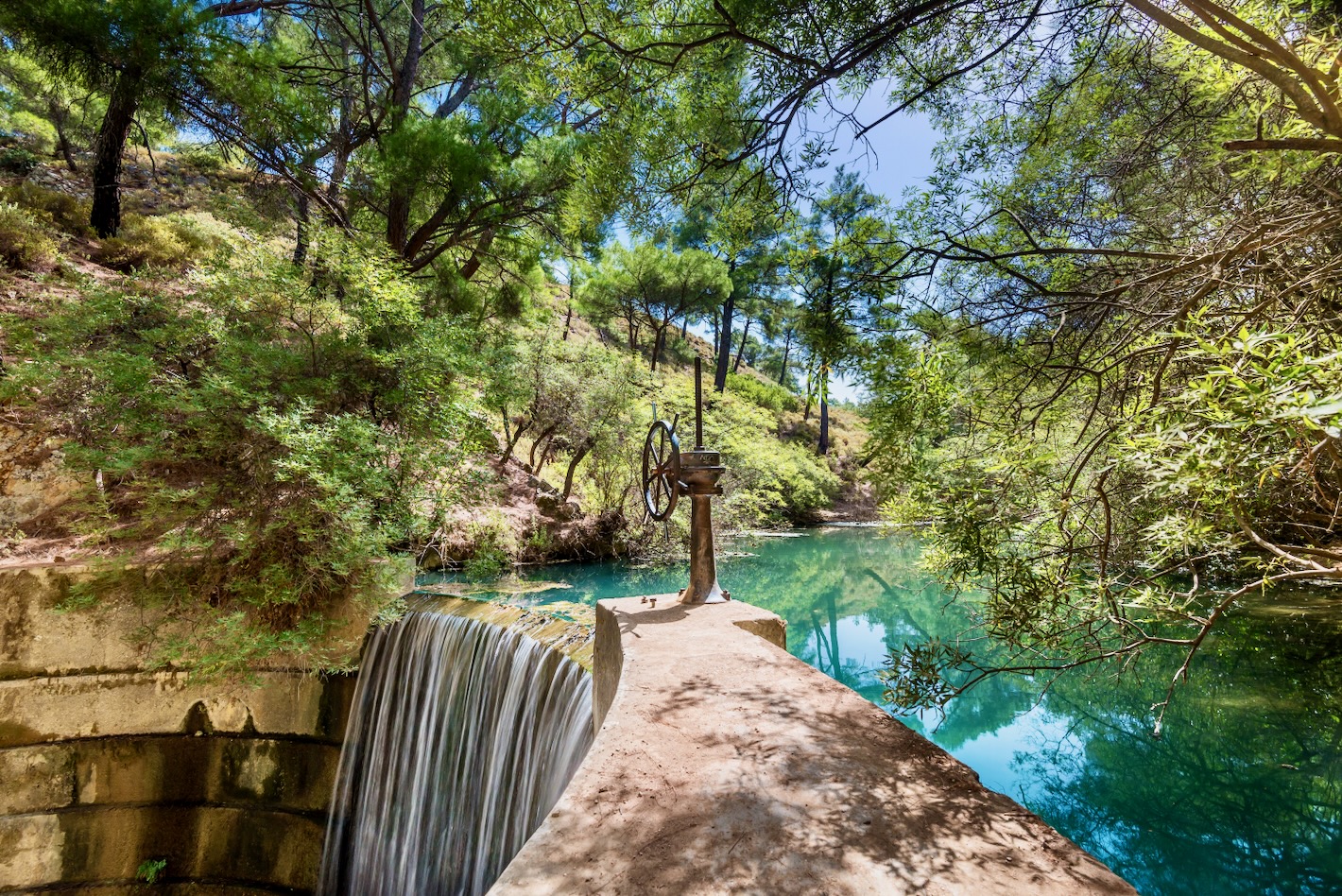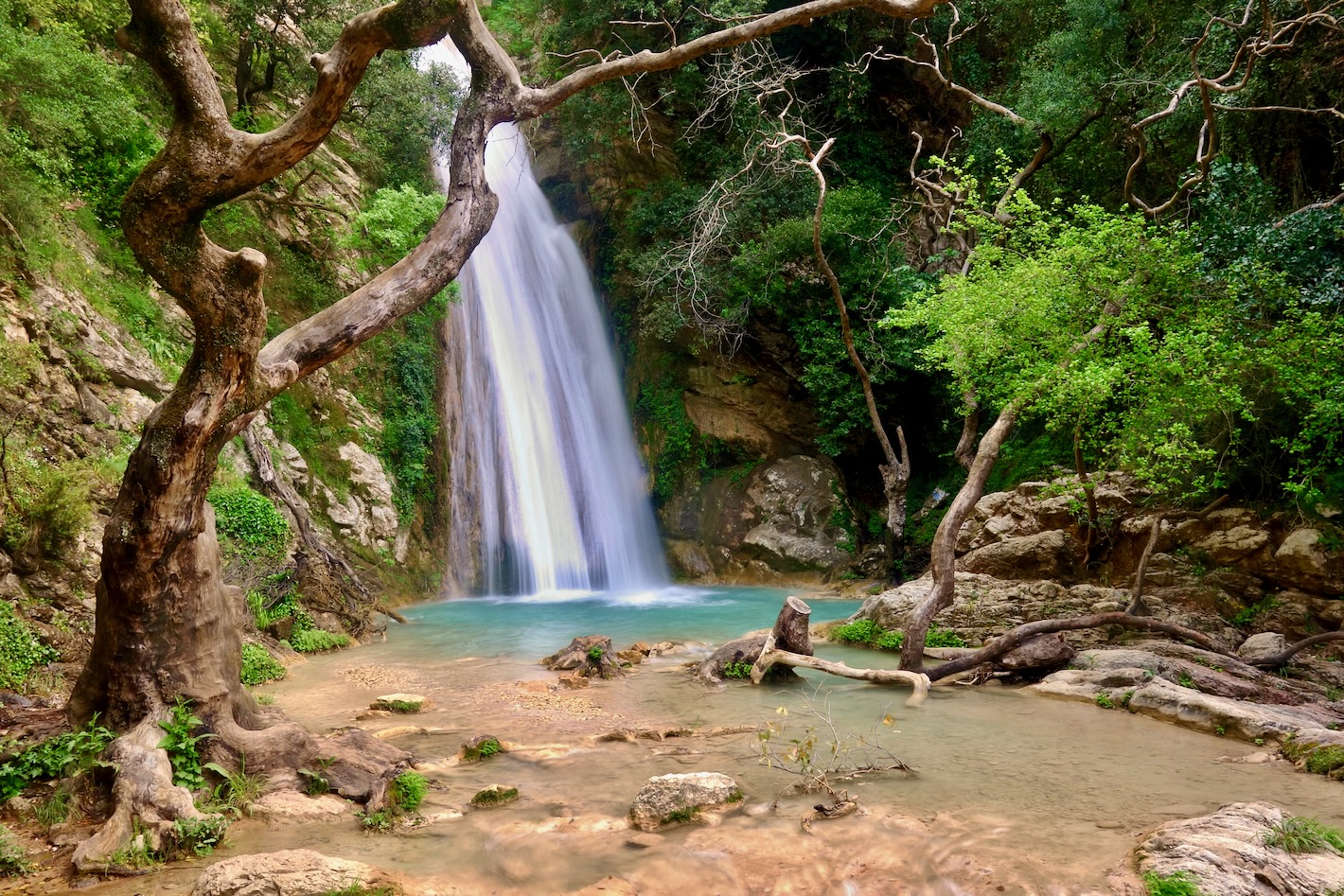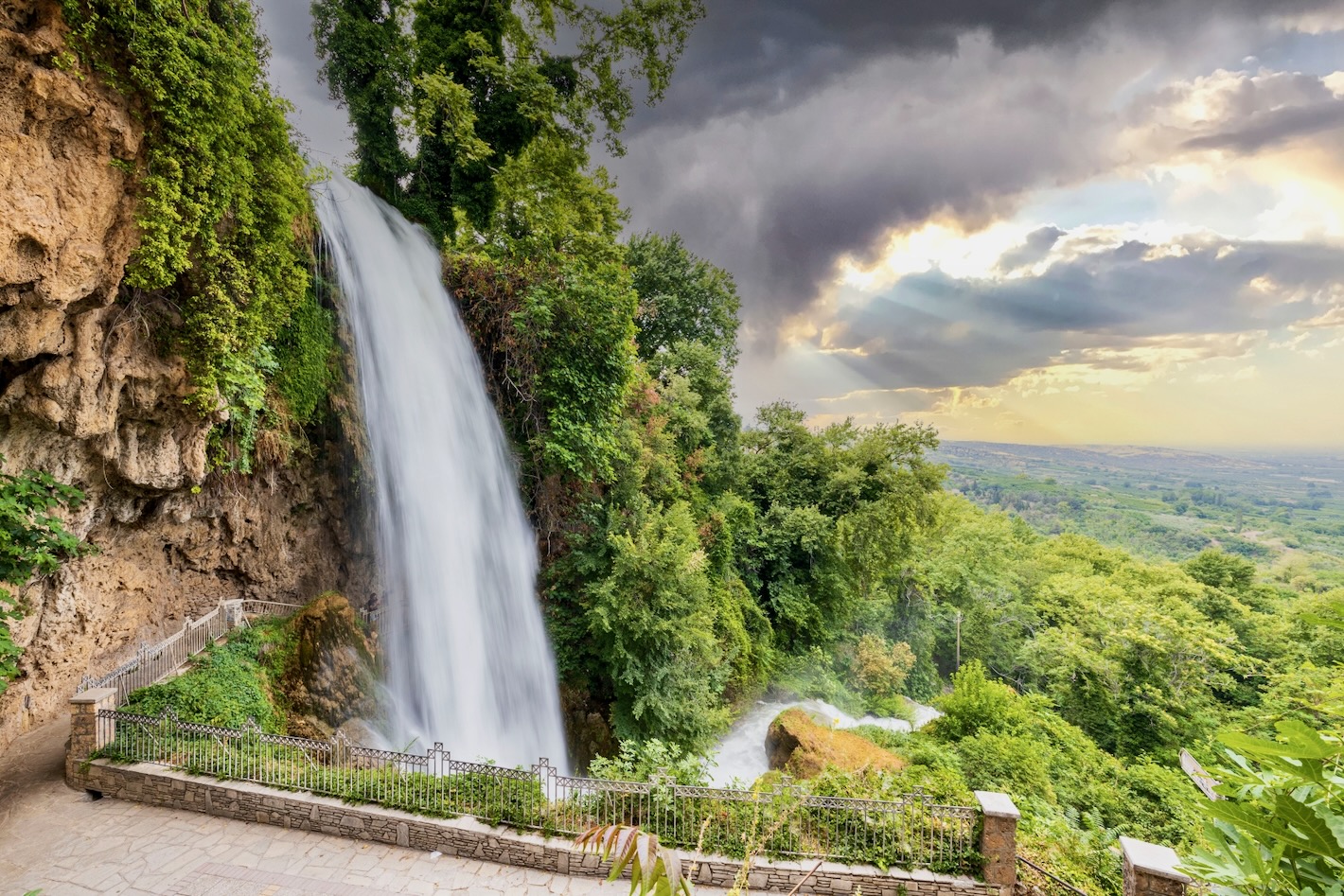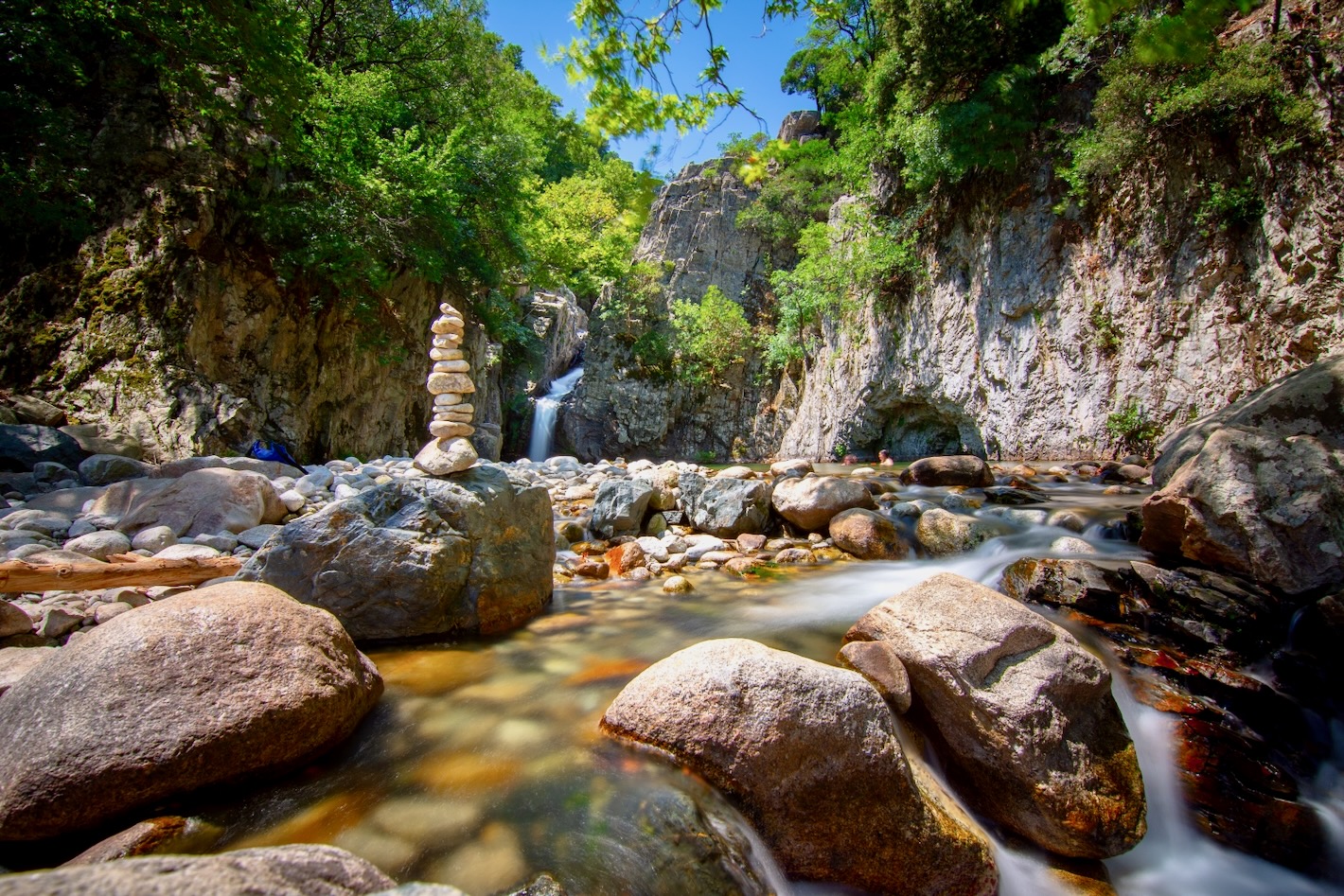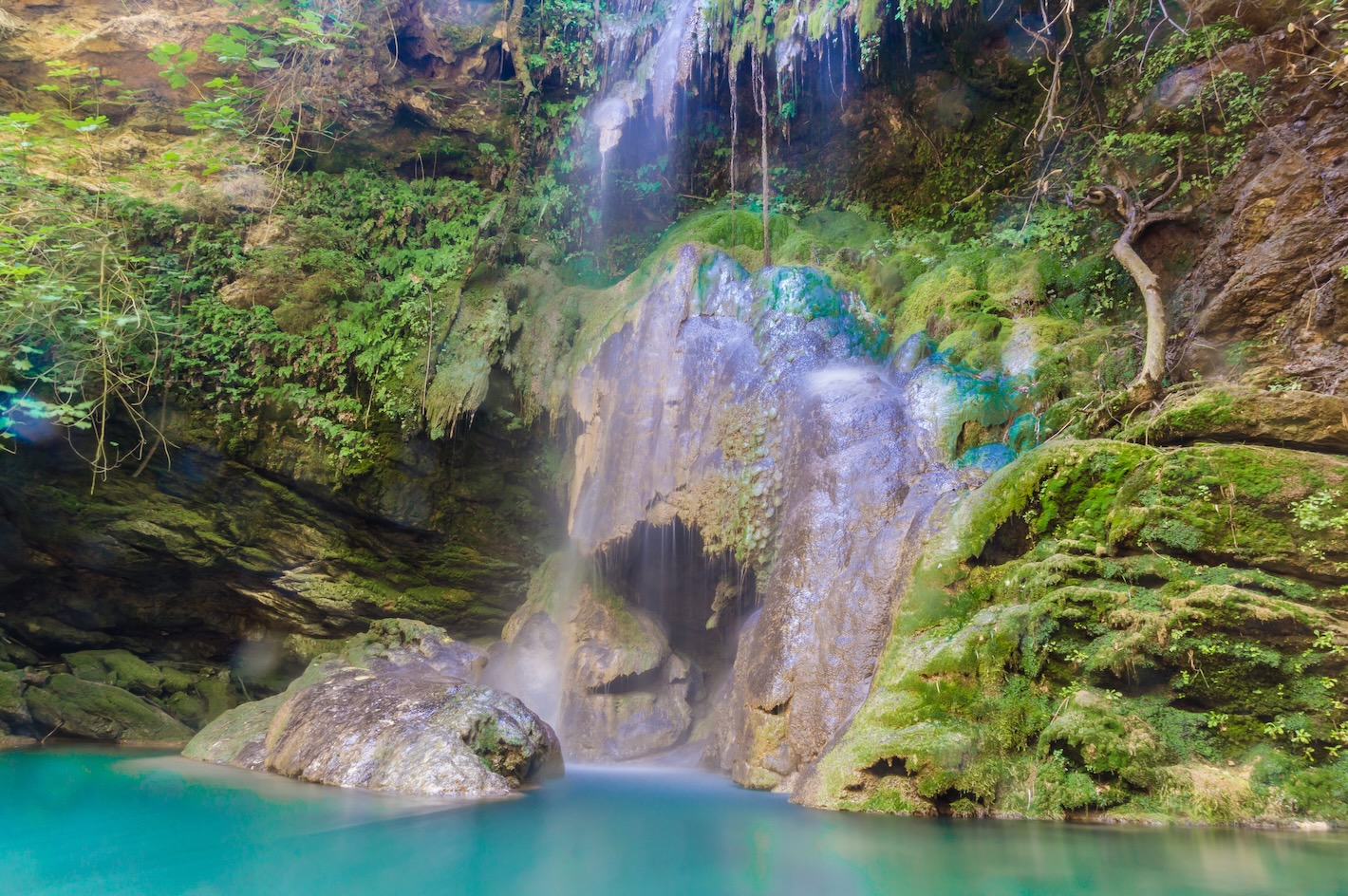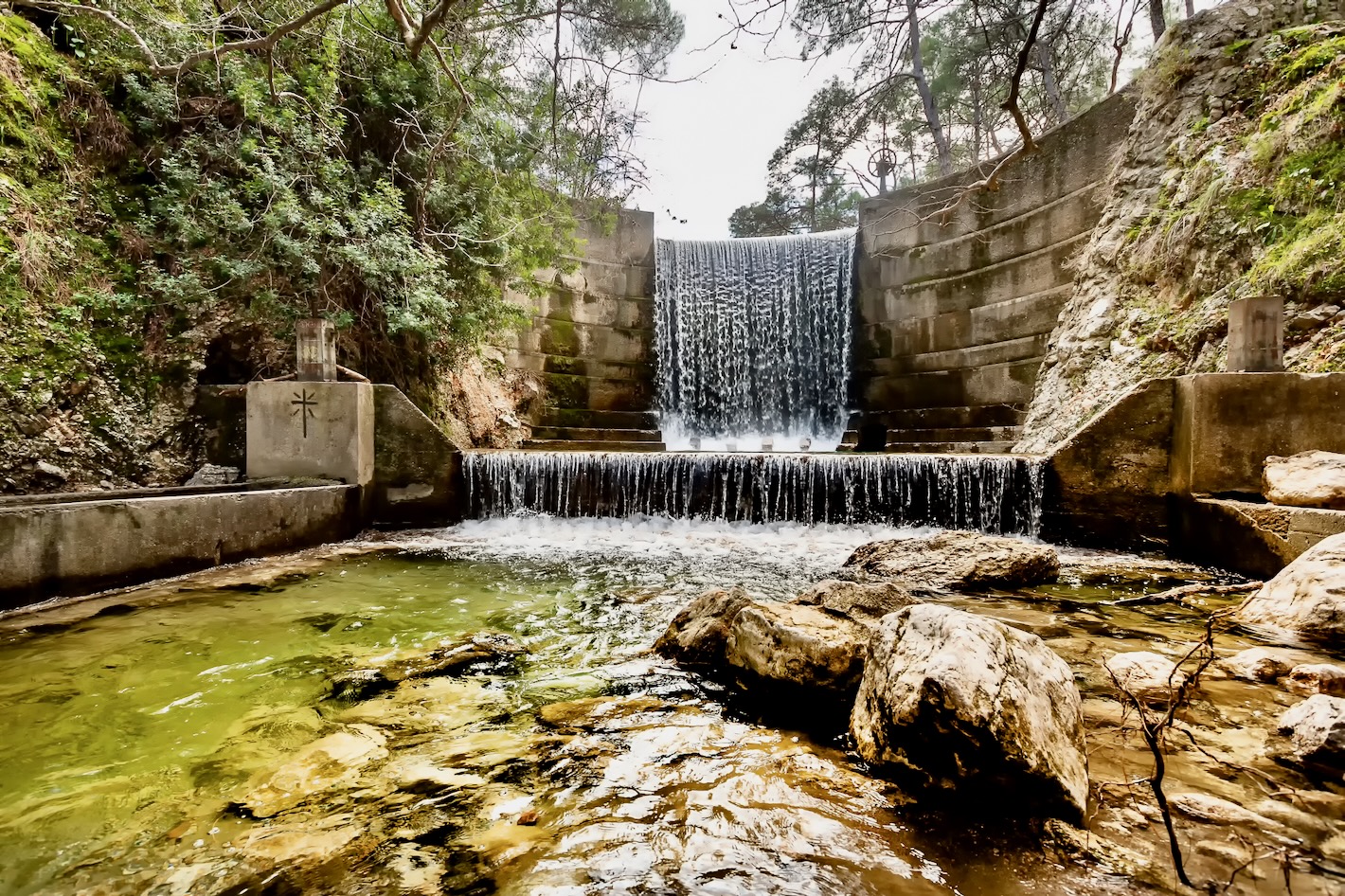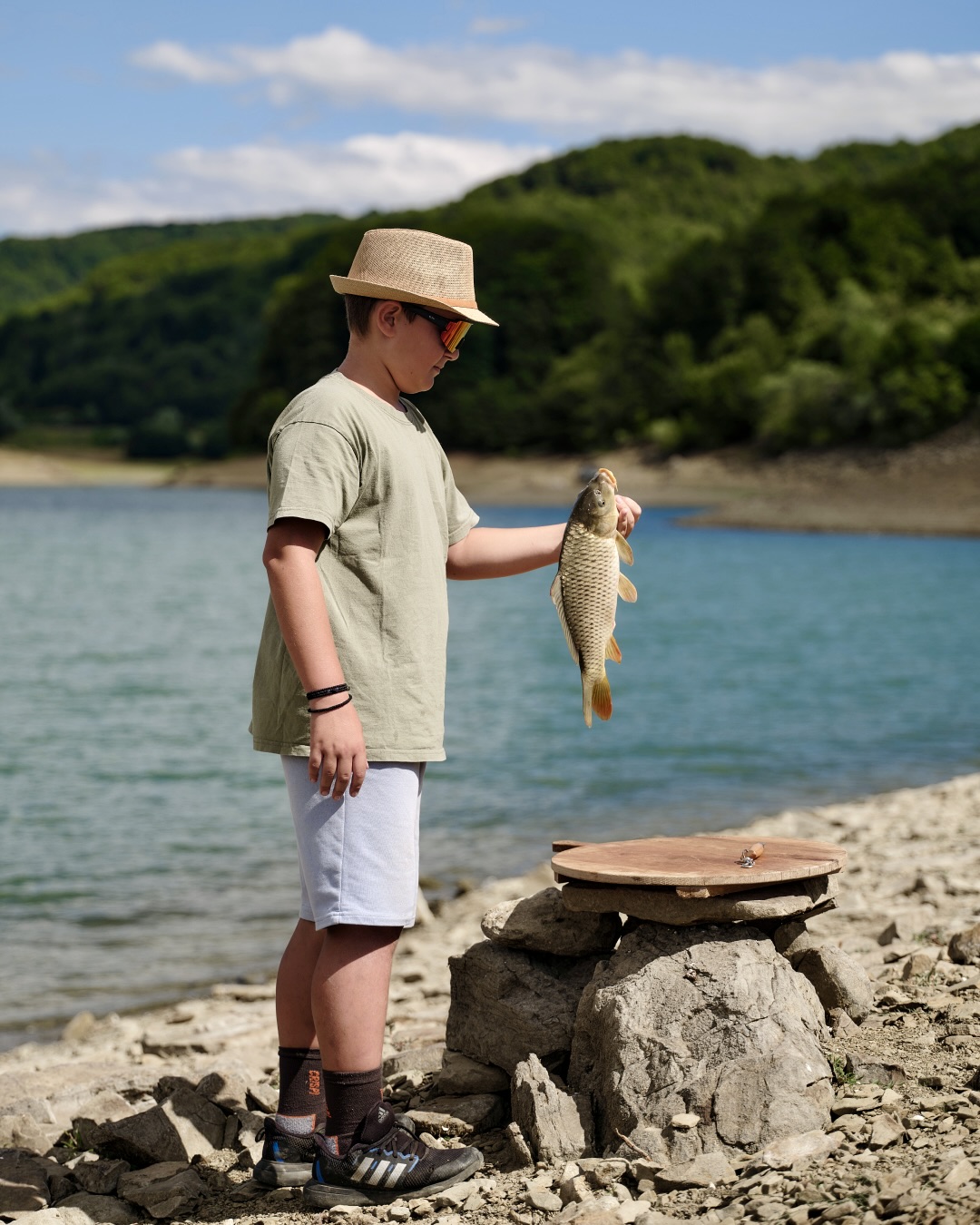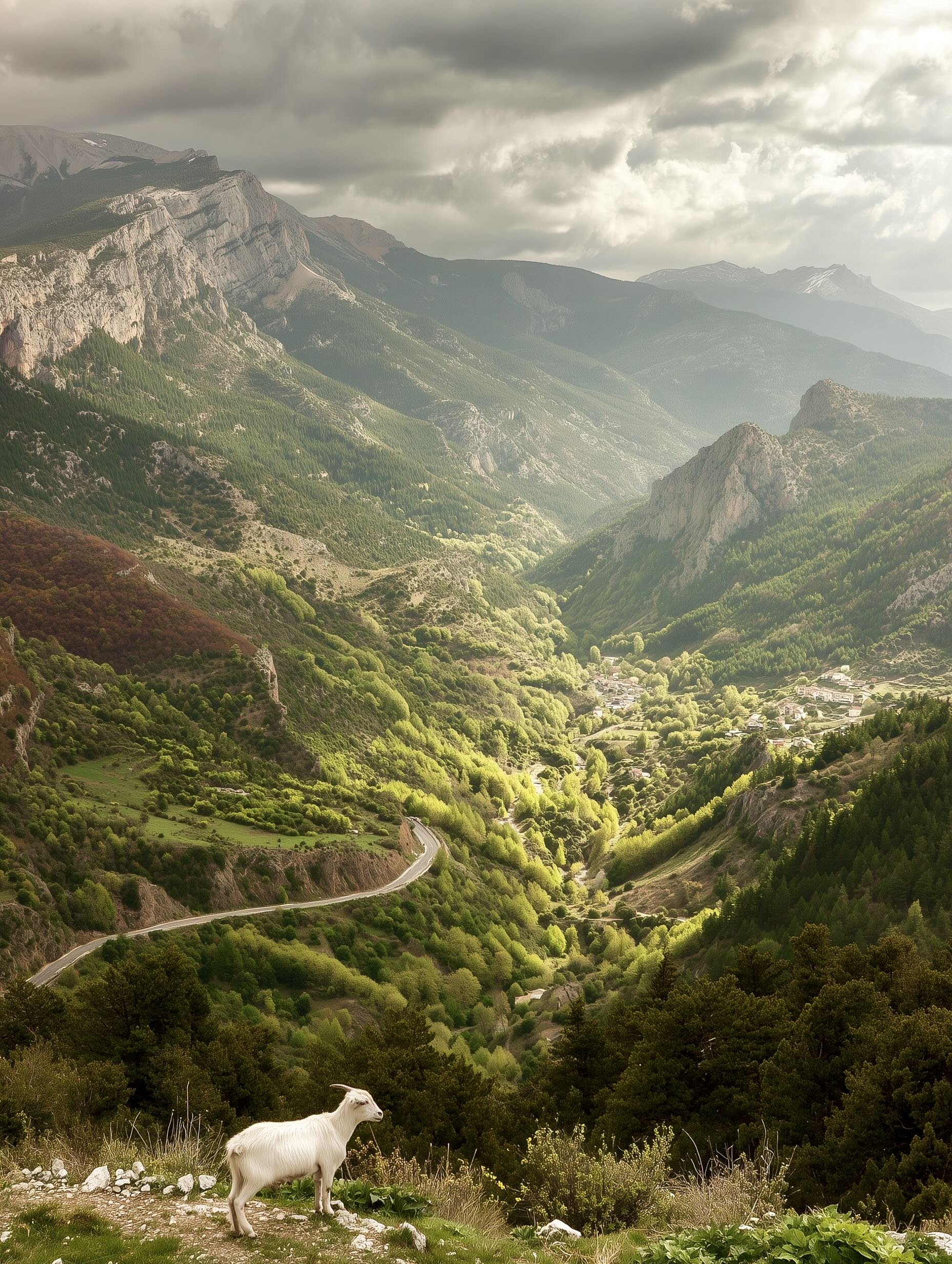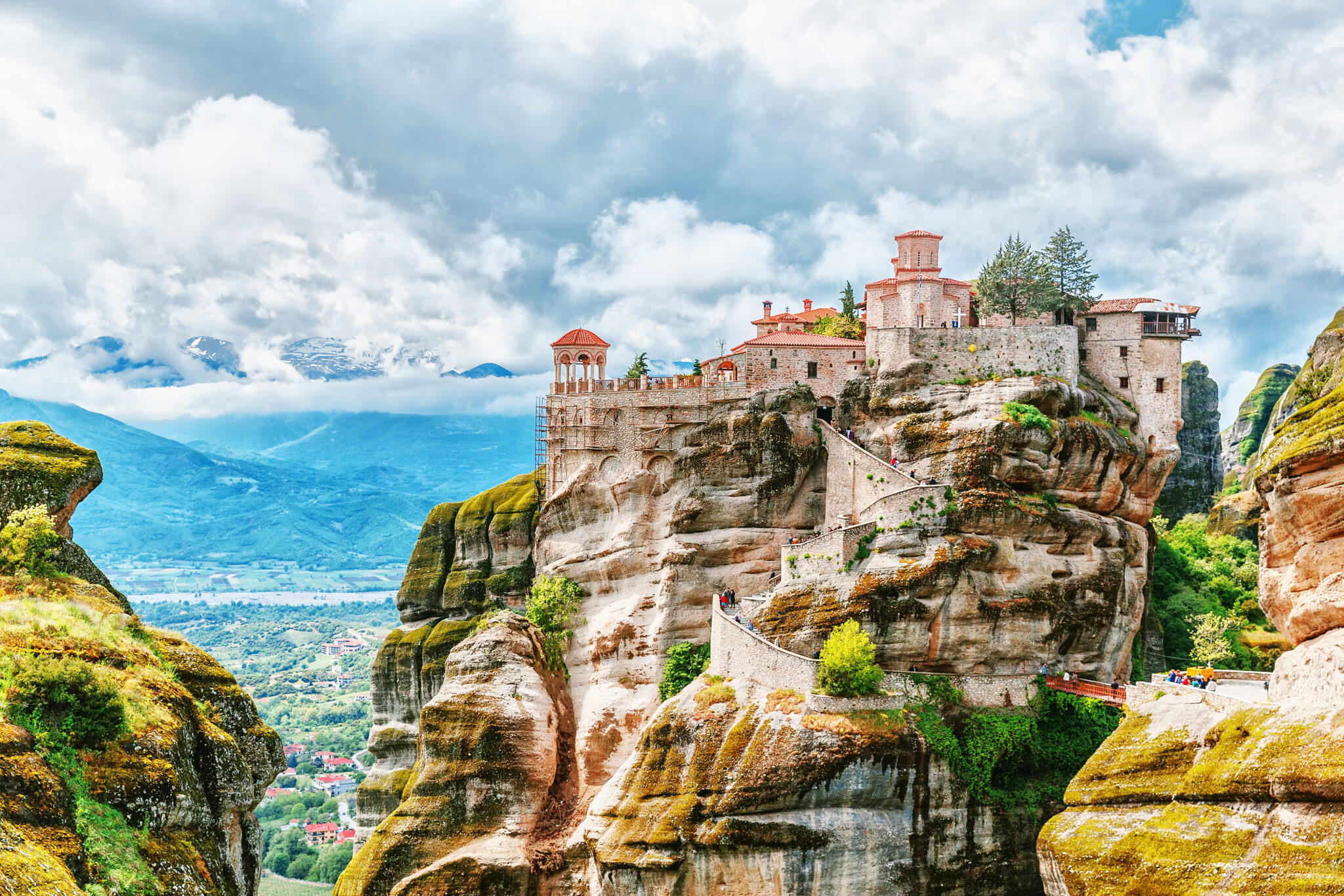Greece isn’t just defined by its seas. Its character is carved by mountains, ravines, and the endless waters that cascade through its landscapes.
When you look at the map of Greece, it is mountains that dominate. One of Europe’s most mountainous countries, more than half its landmass rises in peaks, ridges, and ranges. Water cuts its way through this terrain, sculpting valleys, gorges, and streams—each erosion creating beauty in motion.
This is why waterfalls spill across both mainland and island Greece, offering oases of coolness, places of myth and memory, and perfect excuses for adventures that end in the spray of rushing water. Here are five of the most remarkable.
01
The Neda Waterfalls, Messinia
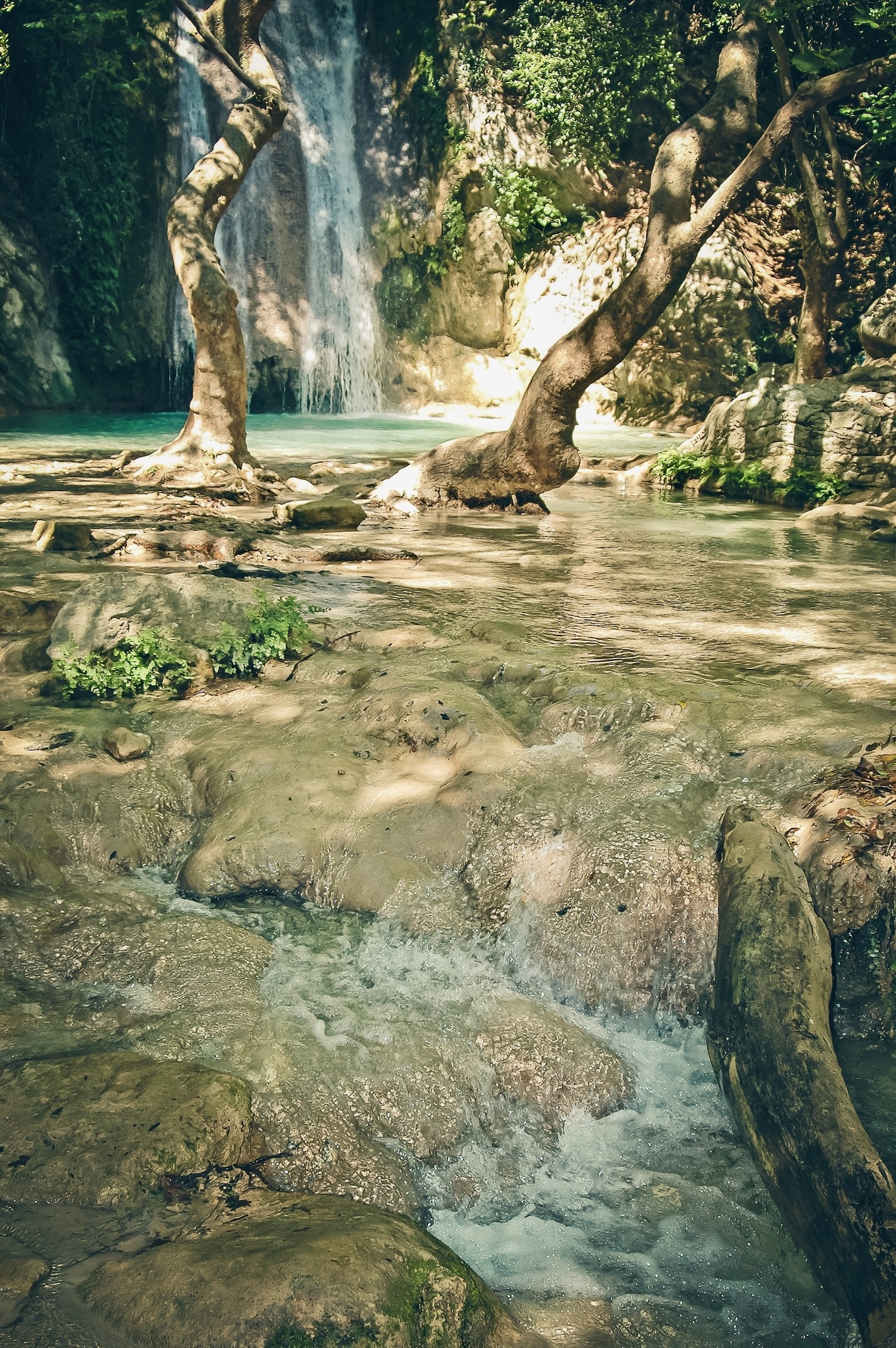
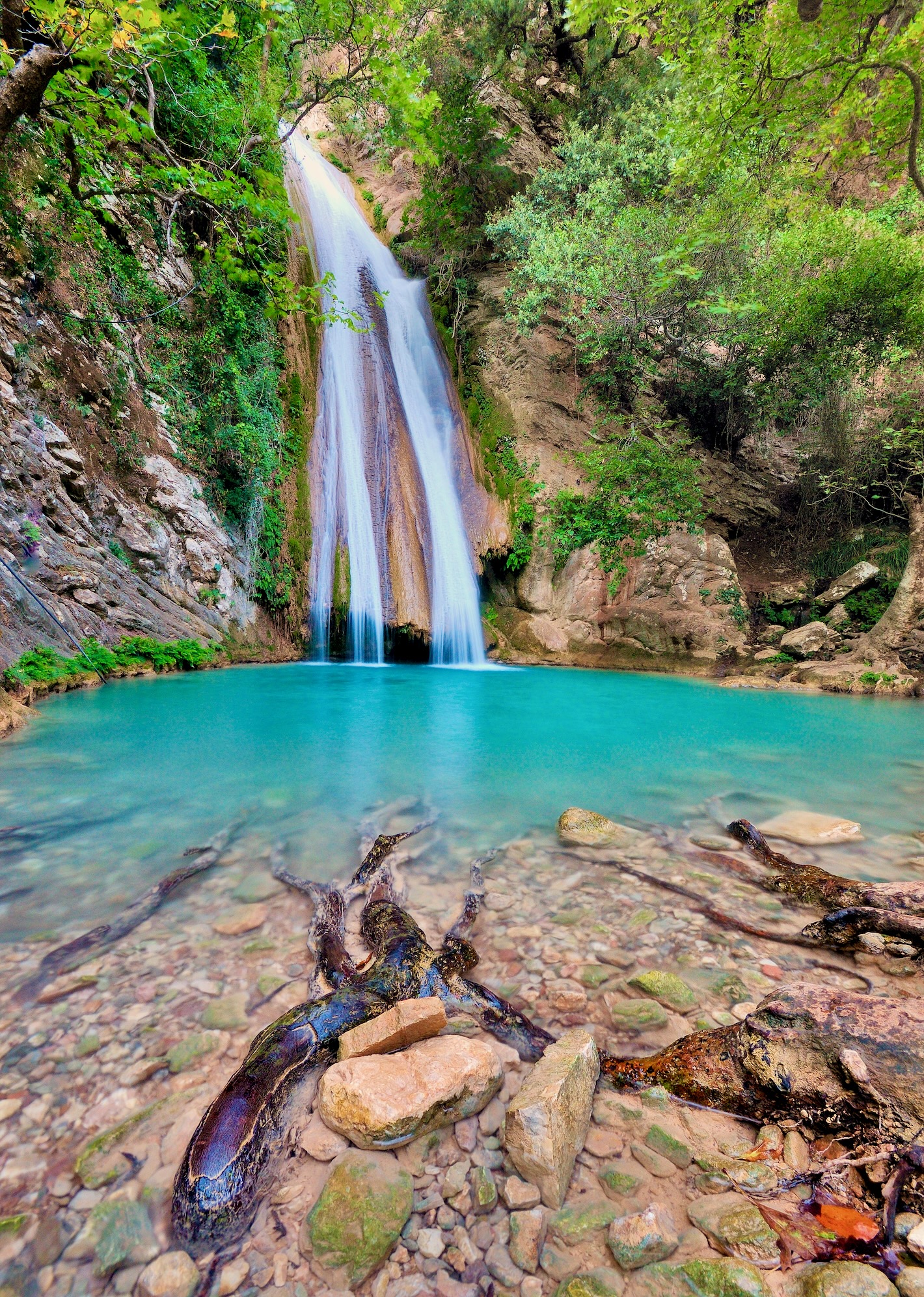
The drive from Finikounda to Platanias takes you deep into a land of legends, where the gorge of the river Neda roars beneath thick forests of plane trees. According to myth, the nymph Neda—daughter of Oceanus—saved the infant Zeus from Cronus’s wrath, hiding and bathing him on Mount Lykaion, where the river begins before flowing into the Ionian Sea.
Today, the myth lingers in the untamed beauty of the gorge. From the parking area at Platanias, a short trail leads to a 7-meter cascade. Cross another bridge, and you reach a second fall, this one plunging 20 meters into a glassy emerald pool. For those who dare, the entire 32-kilometer gorge can be explored in summer months. Expect icy waters, demanding passages, and the need for dry clothes—but the reward is walking through one of Greece’s wildest river landscapes.
02
The Edessa Waterfalls
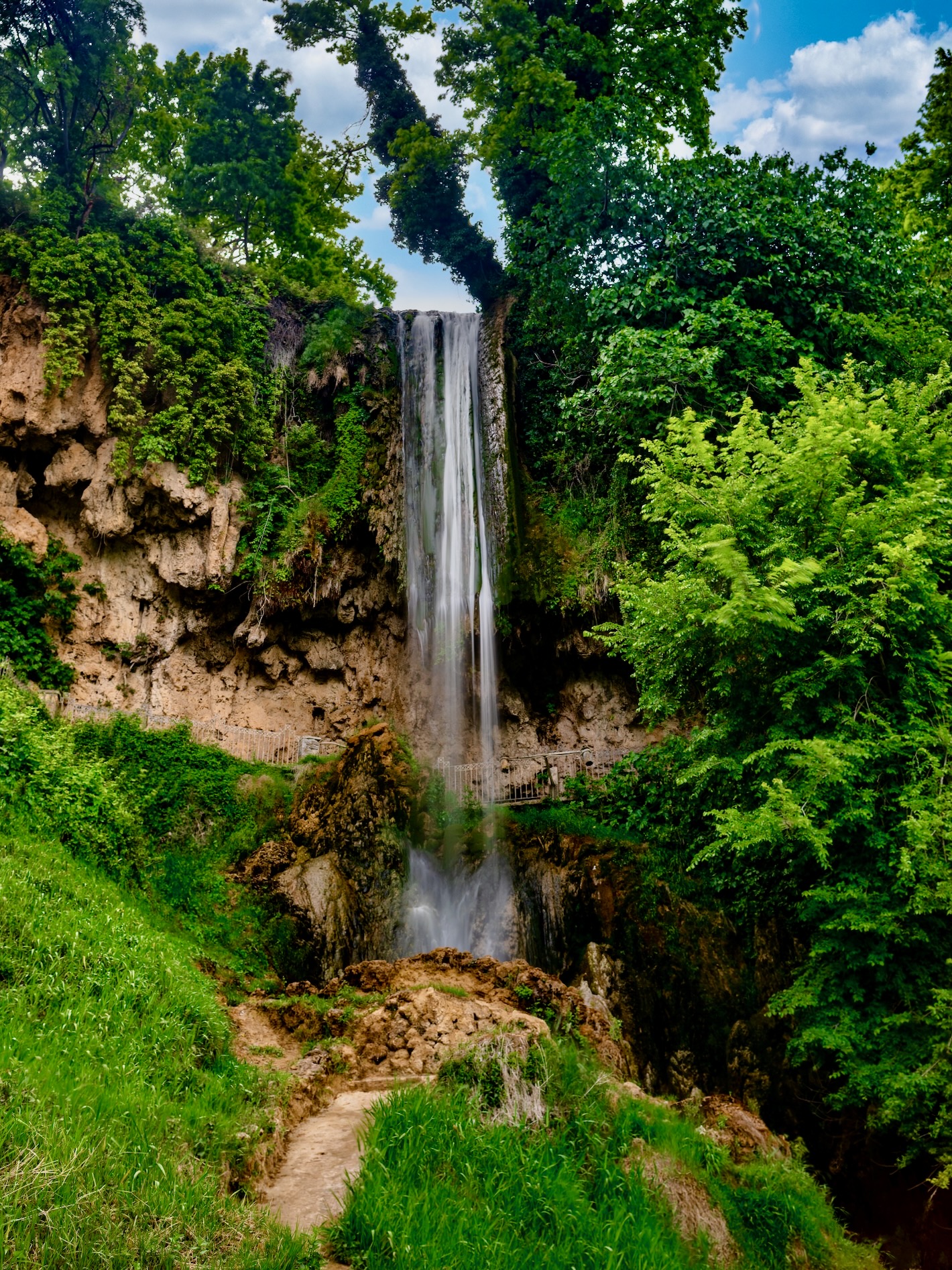
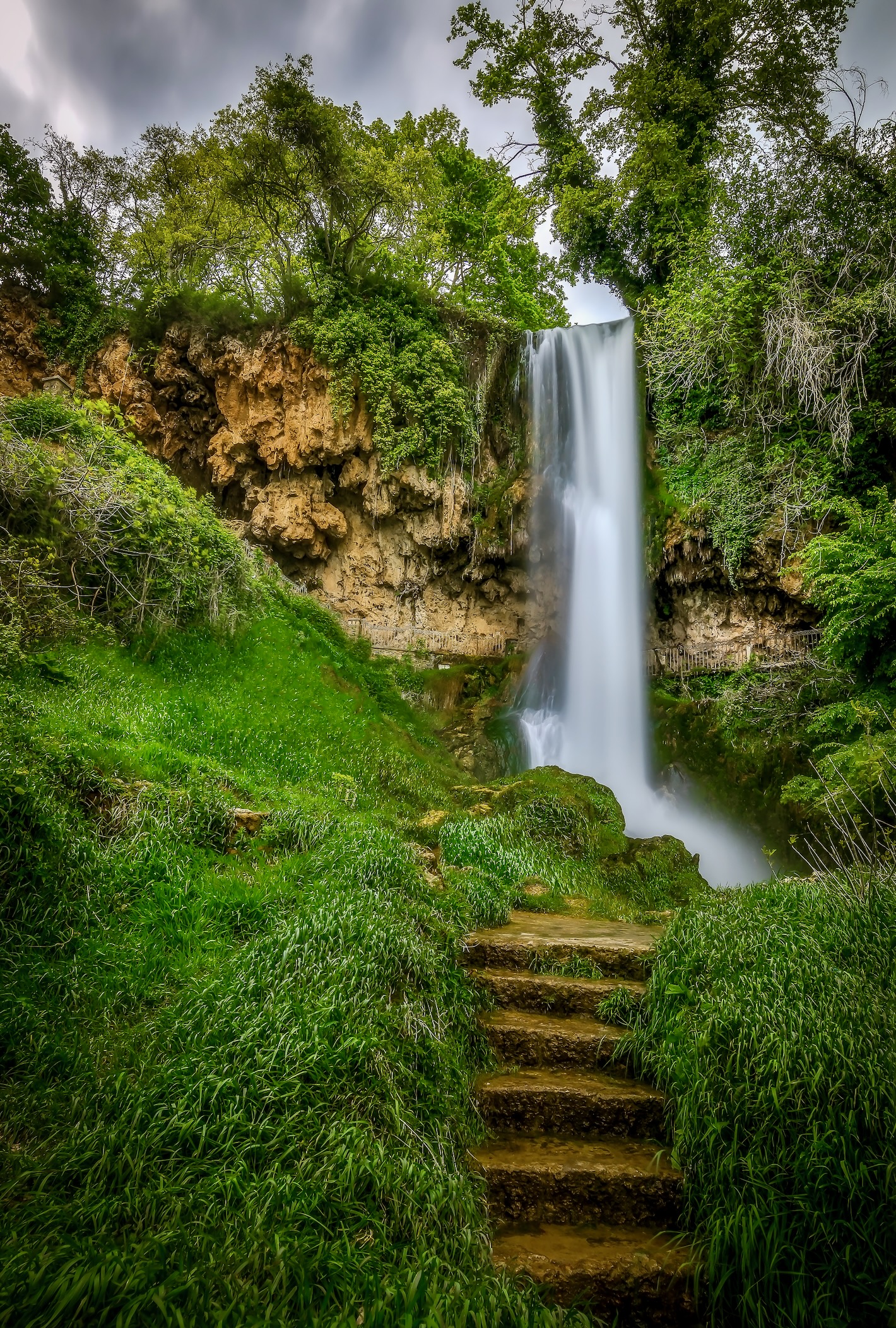
In northern Greece, the “City of Waterfalls” is one of the country’s most iconic natural spectacles. The Edessaios River spills from the cliffs in torrents, its most famous plunge being the 70-meter Karano fall, beside a cave studded with stalactites. Follow the cobbled paths and you’ll find the rare bifurcated Lamda fall, its water splitting in two before crashing into twin green pools.
But behind the beauty lies history: until the 14th century, a vast lake stood west of Edessa. A violent geological shift sent its waters tearing through the city, creating dozens of cascades. For centuries, they remained hidden behind thick vegetation until the occupying Germans cleared the site in 1942, recognizing its tourist potential. By the 1950s, tree-lined walkways and even a lakeside restaurant had turned the spot into a fashionable place where locals once danced tango and waltz by the spray. Today, it remains a living theater of water, with open-air museums and aquariums enriching the visit.
03
The Fonias Waterfalls, Samothraki
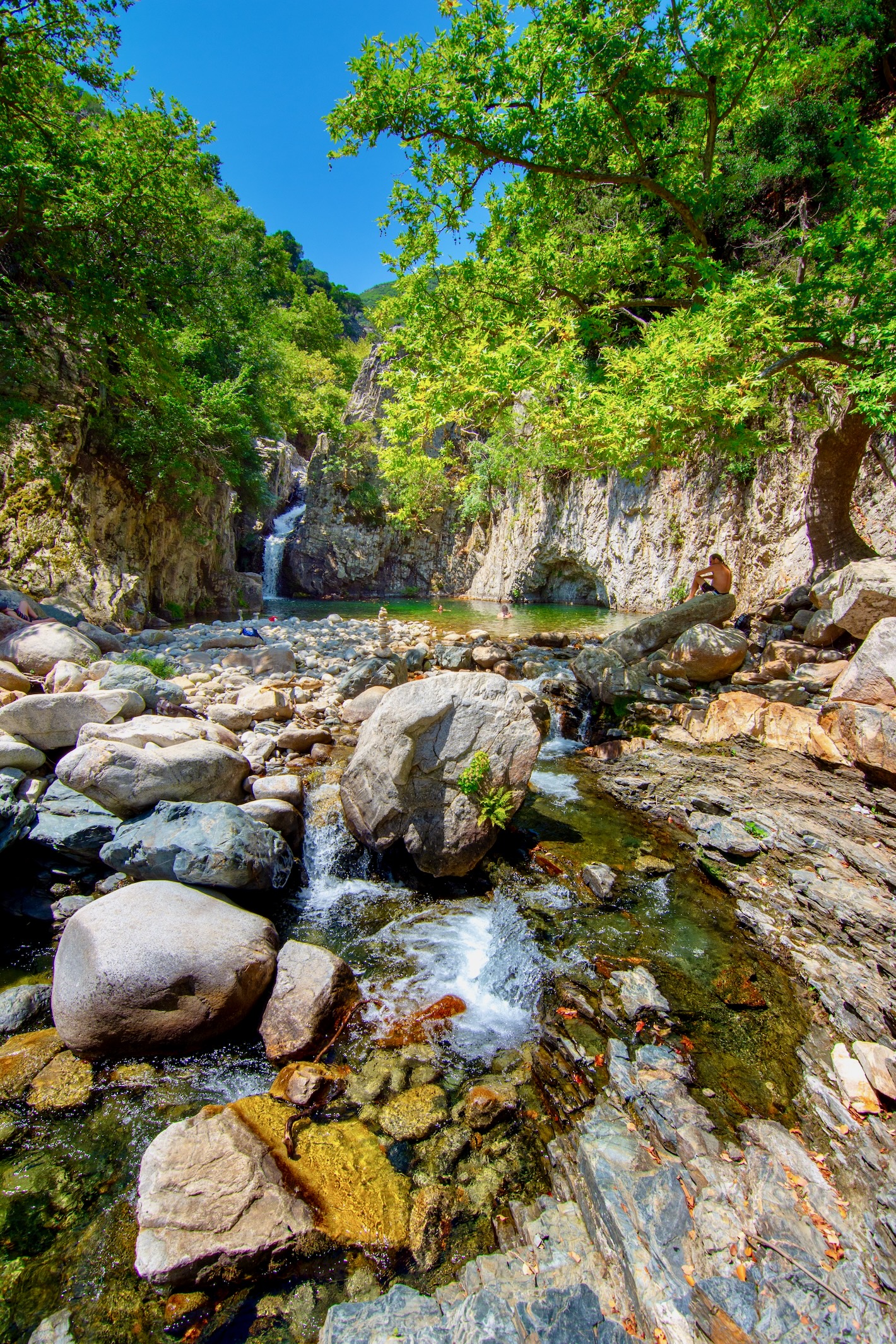
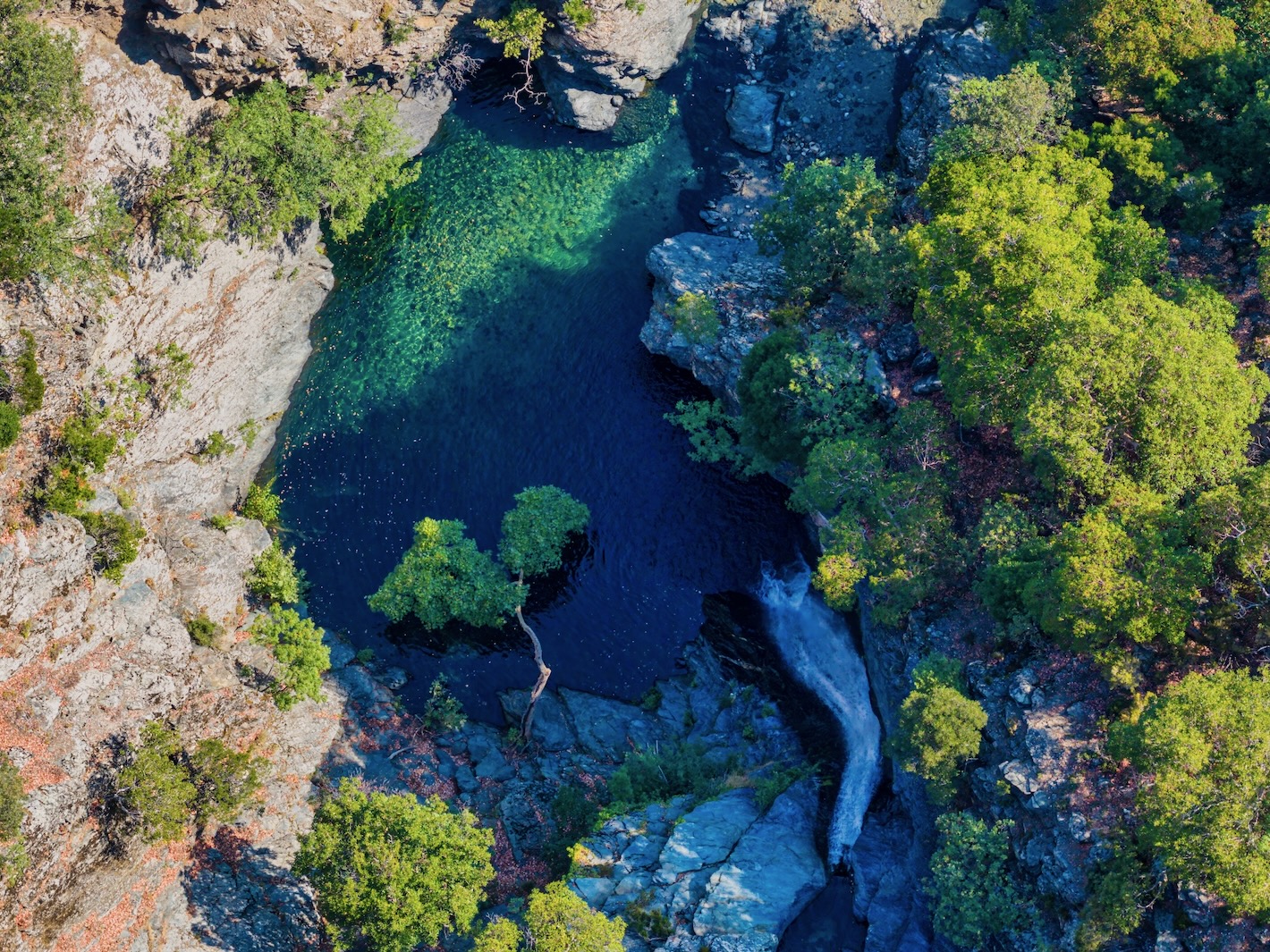
On the northern edge of Samothraki, the river Fonias carves a dramatic gorge into the island’s wild landscape. Along its course, deep rock pools—known as vathres—invite hikers to plunge into freshwater carved by centuries of flow. Three waterfalls dominate the scene, each accessible by trails beginning near the medieval Tower of Fonias.
The first fall, nicknamed Griá, is reached in about half an hour, its waters pounding down into a pool perfect for a cold natural massage. The second, Gerania, takes a steeper climb, but its setting amid emerald cliffs is worth the effort. The third, Kleidósi, demands over two hours of trekking—rewarding only the truly adventurous with its secluded beauty. And yet, the tallest cascade of Samothraki lies elsewhere: Kremastó Neró, an astonishing 180-meter waterfall that drops directly into the Aegean.
04
The Neraida (or Fonissa) Waterfall, Kythera
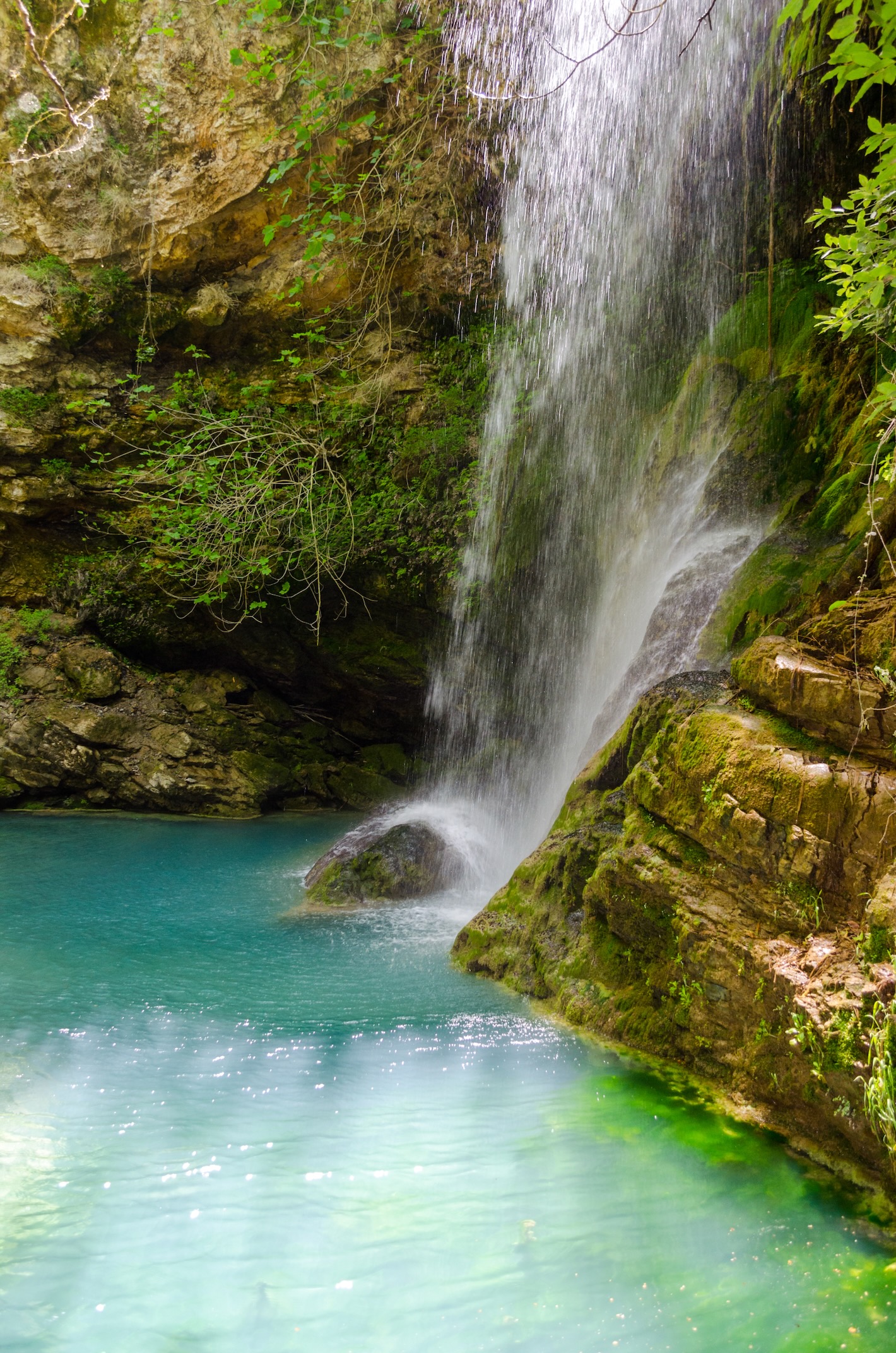
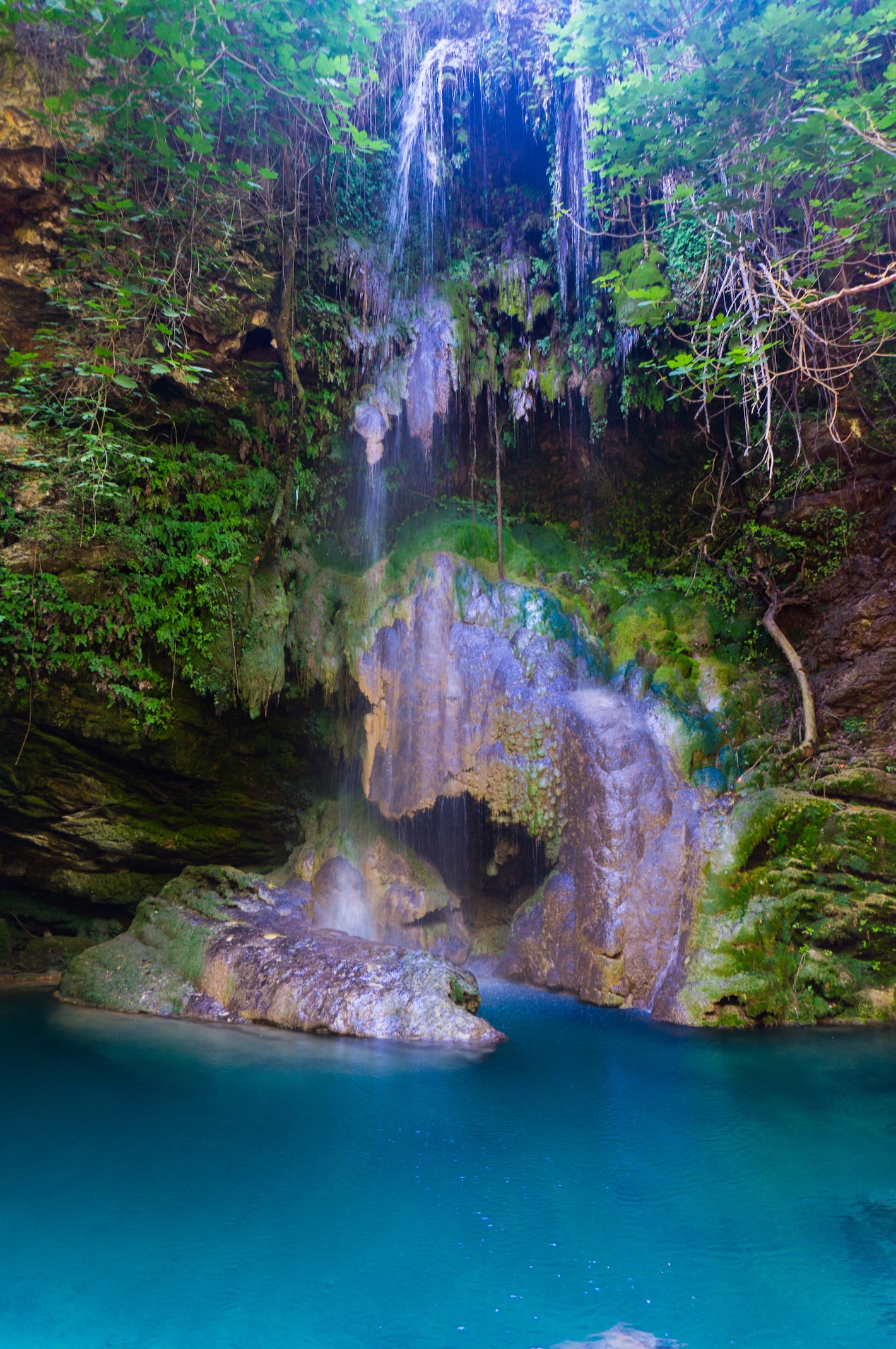
In the village of Mylopotamos on Kythera, a small sign marked “Neraida” leads you into a ravine where myth and nature intertwine. Here, shaded paths weave past brooks and abandoned stone watermills beneath poplars and plane trees. Rising out of this lush green hollow, the 20-meter Neraida (often called Fonissa) waterfall plunges into a turquoise pool. Brave souls dive into its icy waters, most bearable after the heat of summer.
The area is steeped in folklore: locals once believed fairies roamed the gorge. Even today, the place feels enchanted, its bridges and mills echoing with stories of another time. A longer walk leads all the way to the sea, ending at the quiet beach of Kalami, where the freshwaters of the ravine meet the salt of the Mediterranean.
05
The Seven Springs, Rhodes
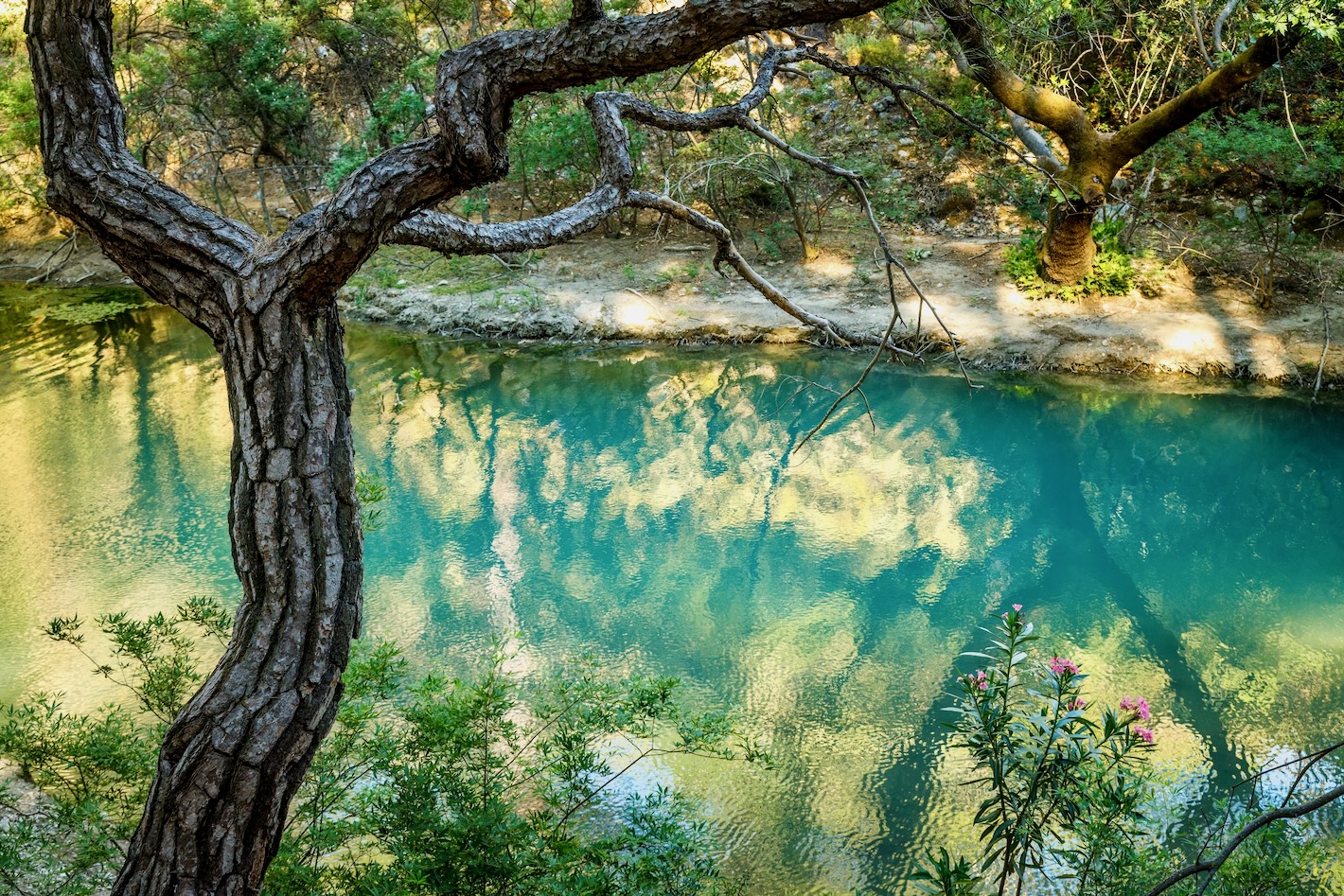
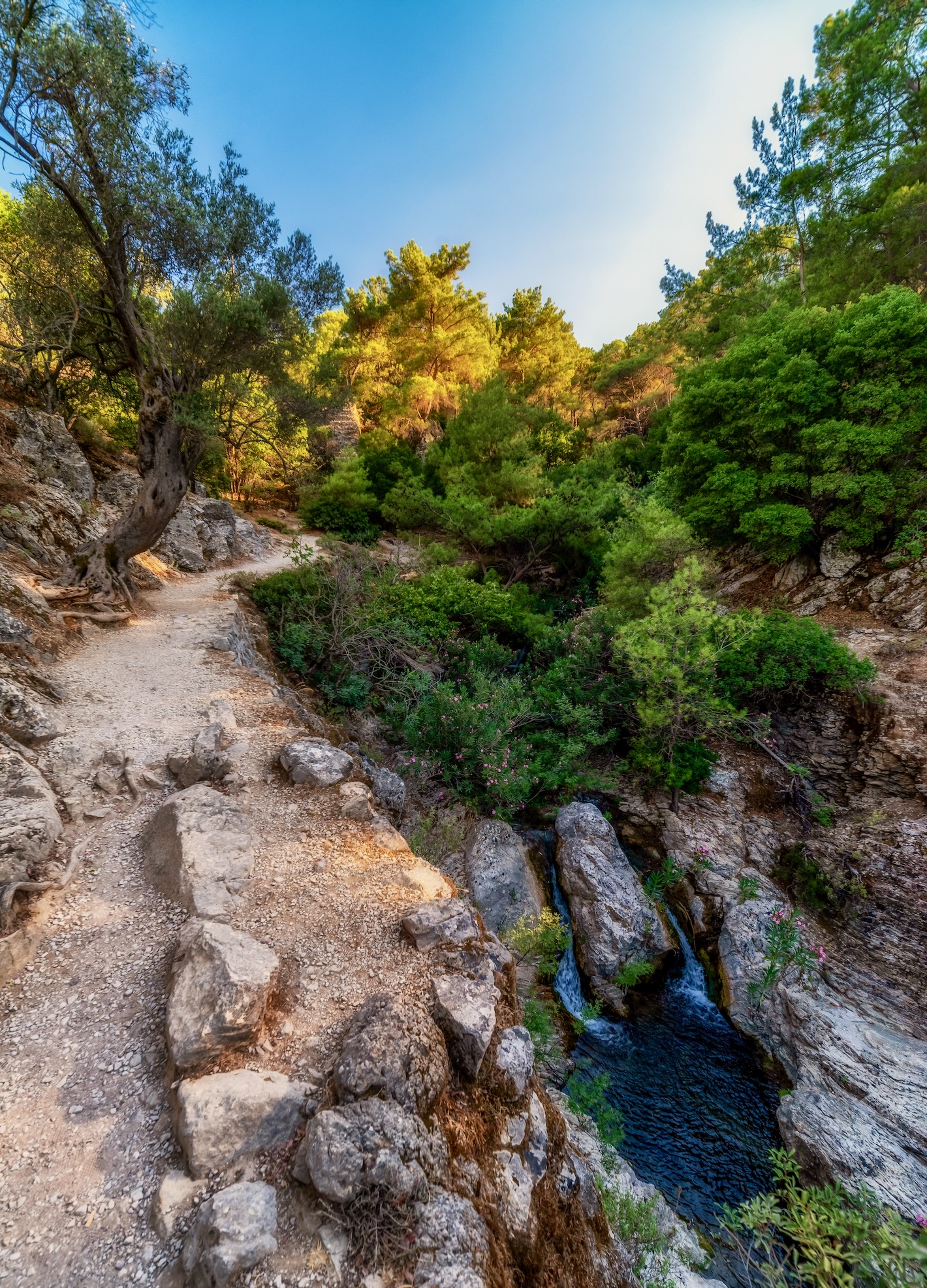
Few places in Rhodes hold such allure as the Eptá Piges (Seven Springs), a verdant refuge at the heart of the island. Surrounded by pine and plane trees, it is part of the Natura 2000 network, sharing ecological significance with the famed Valley of the Butterflies. The waters flow year-round, forming a lake sustained by a 1930s Italian irrigation project, before spilling into the Loutanis River.
A web of trails fans out through the landscape, alive with peacocks and songbirds. Adventurers test their nerves in the 186-meter tunnel built in 1931, wading through darkness until they emerge at the hidden lake. Just beyond lies the waterfall itself, tumbling from the old dam—a curtain of water that offers coolness and calm. For many, it is the perfect finale to a hike before returning to the shade of the forest or a nearby taverna.



